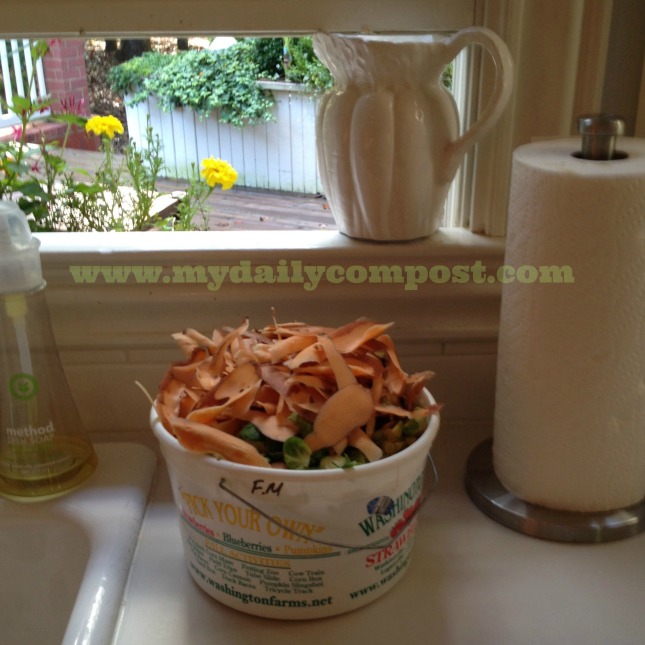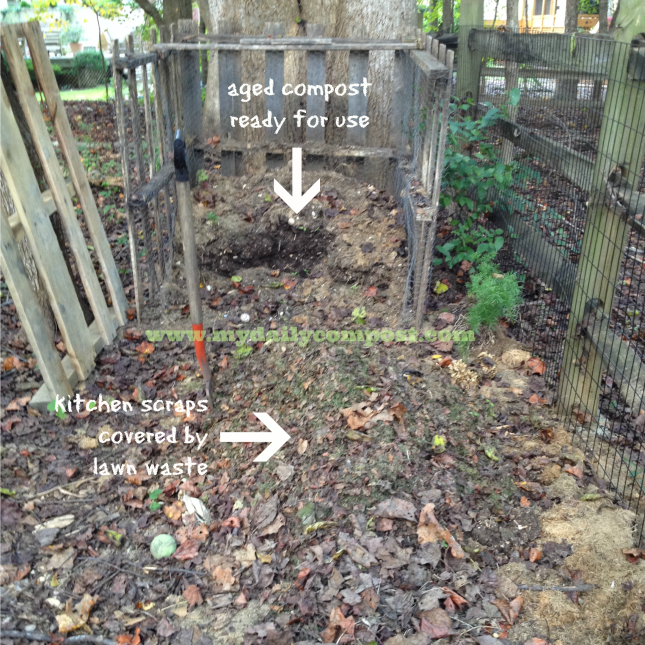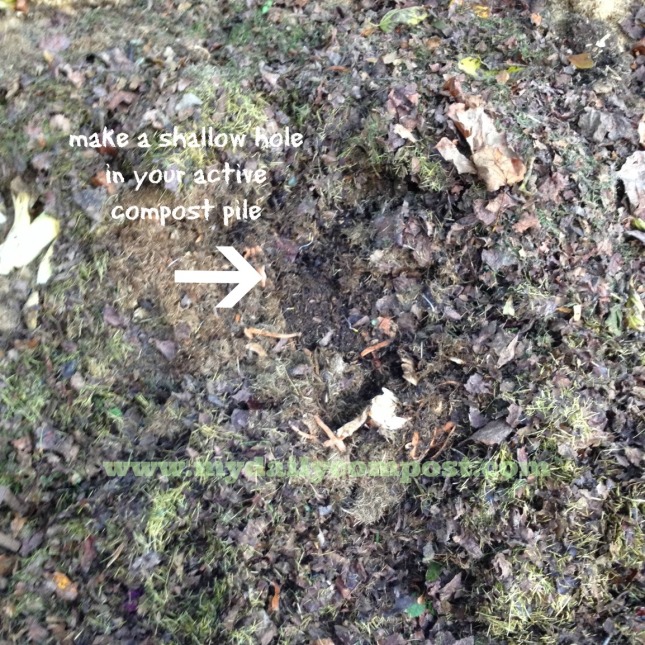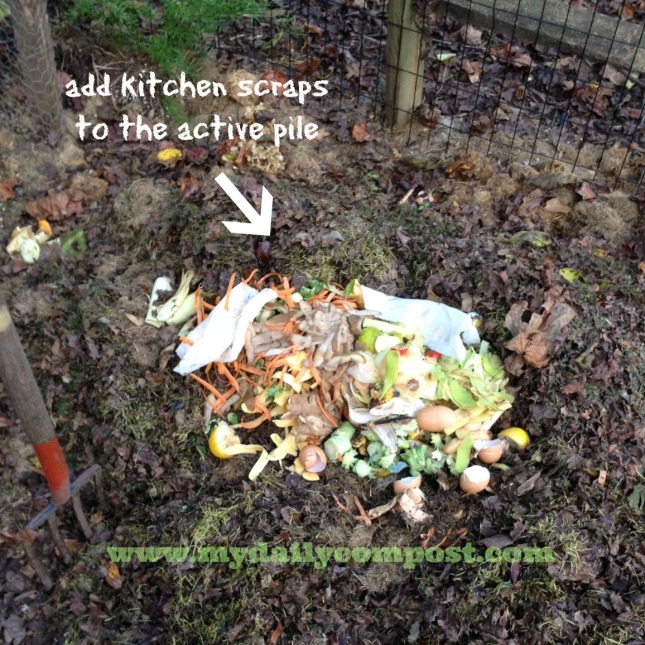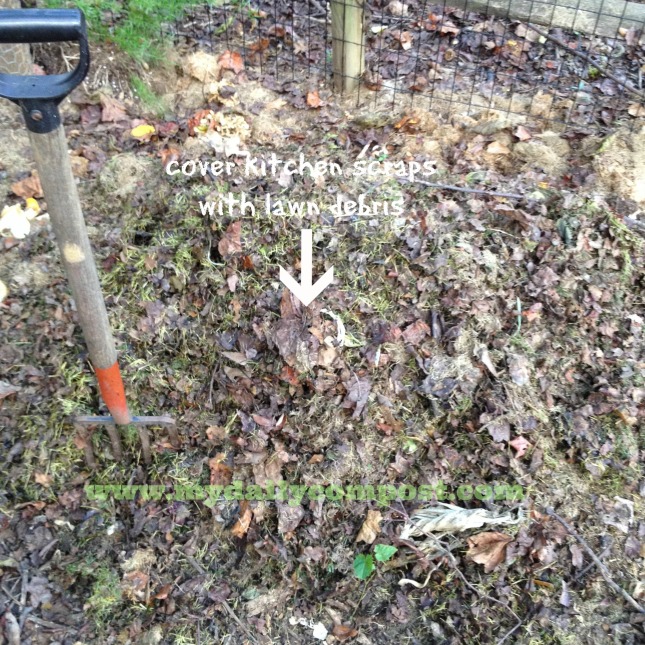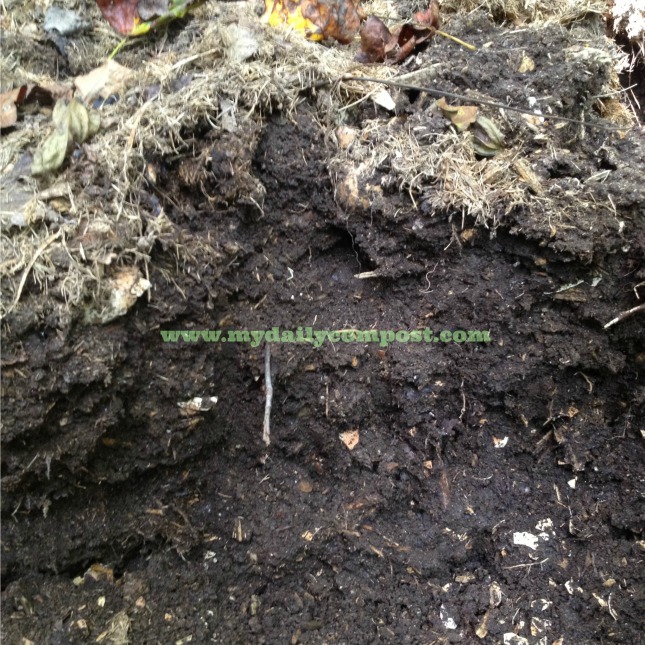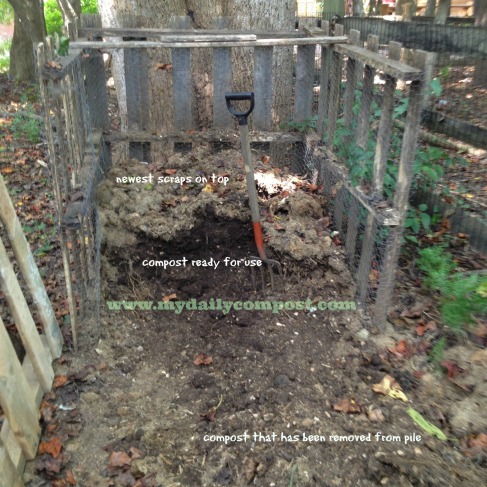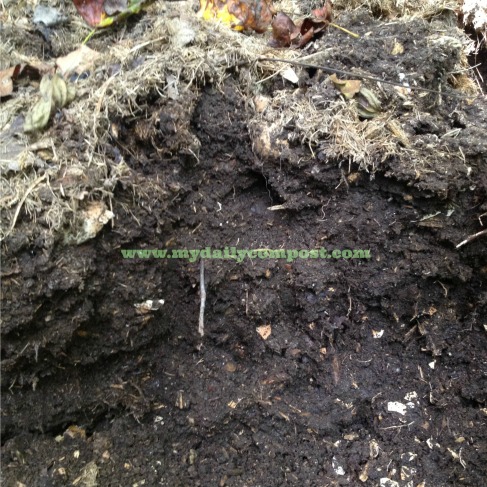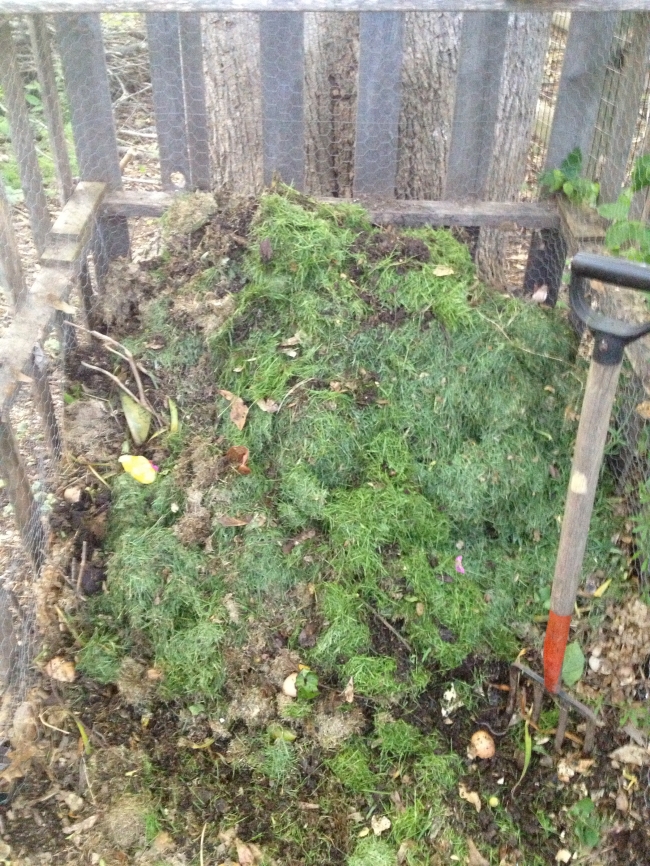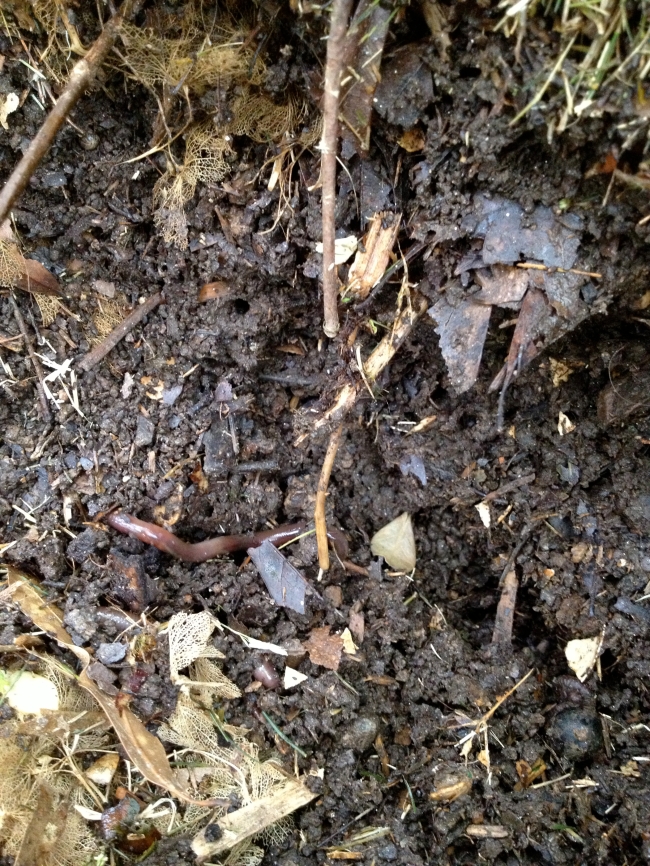For a while now, artisan, no-knead bread has been popular among foodie-types, myself included. I particularly like the “even lazier” version of no-knead bread, which minimizes mess and hands-on time. Last week while I was whipping up a batch of no-knead sandwich bread, it dawned on me that my version of making compost is just about the same: minimal fuss, minimal tools, basic ingredients, heat and time.
So, without wasting more valuable time, here’s a step by step guide to Easy, Lazy, No Turn* Compost:
1. Keep a container for scraps handy in your kitchen. There are all kinds and I have this fancy one with a filter, but I prefer to use these plastic berry picking buckets. Each season I get a few new ones & recycle the old yucky ones. I keep my bucket on the sink & everyone know to toss food scraps in there.
2. Empty your bucket regularly. If you are too lazy, it starts to smell … and attract fruit flies and ants… Yuck. We typically fill a bucket every day or two & take it out to this compost pile. The “active” compost pile is where I pile the daily scraps. (Note: We’ll spread the remaining aged compost in a few weeks over my fall veggie bed when my plants are more established.)
3. Dig a shallow hole in your active compost pile. We keep a pitchfork at the ready beside the pile so that this takes just a moment. It’s kind of hard to see, but here is a close-up of what the pile looks with the hole prepped:
4. Add your kitchen scraps to the hole. Colorful! The discerning eye might spot two paper towels. We don’t use many of them, preferring cloth dish towels & fabric napkins, BUT I do line every bucket with a half sheet of paper towel, otherwise clean-up can be gross. Decomposition starts immediately, even in the bucket.
5. Cover scraps with lawn waste. Using your pitchfork, completely cover the scraps with grass clippings, brown leaves, etc. My son had just cut the lawn & leaves were falling, so this is a nice blend of clippings and chopped leaves.
5. Repeat the process every few days. The more kitchen scraps you add, the more compost you will have at the end of the season. I’ve mentioned this before, but organic in, means organic out. If you eat mostly organic, non-gmo produce and don’t use chemicals on your lawn, you’ll be producing rich compost for a fraction of the cost you can buy. WITH PRACTICALLY NO EFFORT ON YOUR PART.
6. So, walk away and let nature work! Rain, sunshine, heat and cold, lots of naturally occurring bugs and microorganisms work to decompose your potato skins, banana peels, and coffee grinds into black compost gold. You can put that back into your veggie beds, annual or perennial beds, or even around your trees and shrubs for happy, healthy plants.
* No-Turn … every compost pile requires some turning to mix the rotting scraps and the fresh additions. We turn the entire pile two or three times during a six-month season. Sometimes more, sometimes less. Mix more if you want to speed up the compost process. Mix less if you are satisfied with a a six-month process.
Happy composting!
